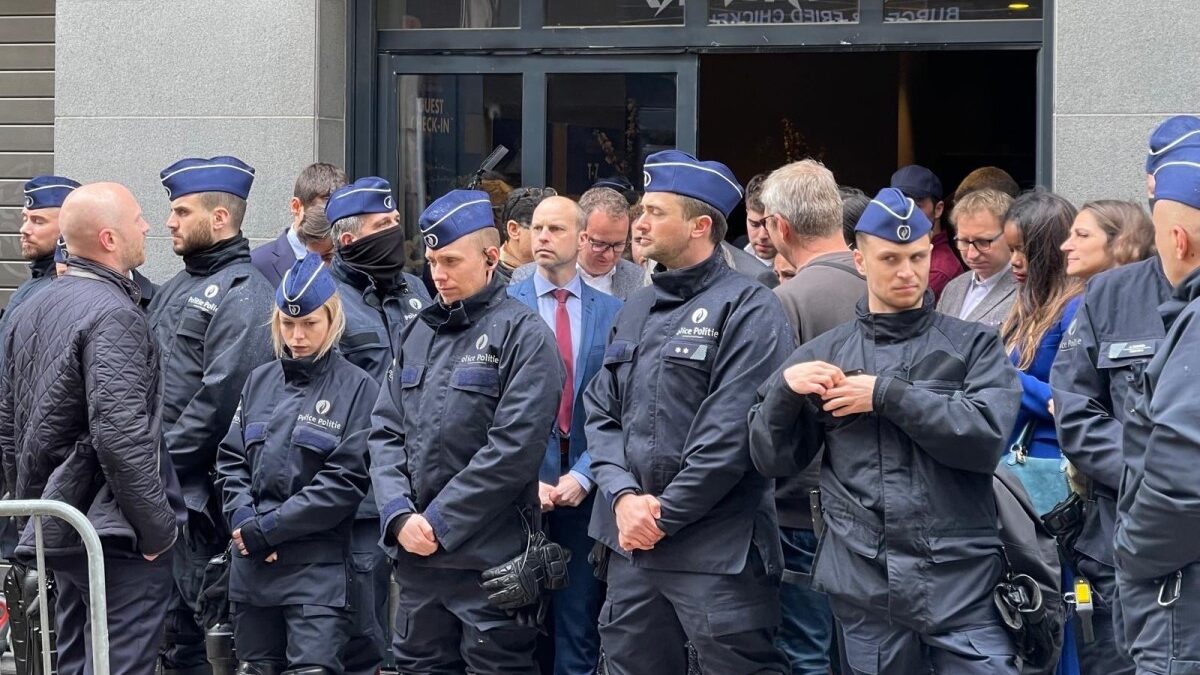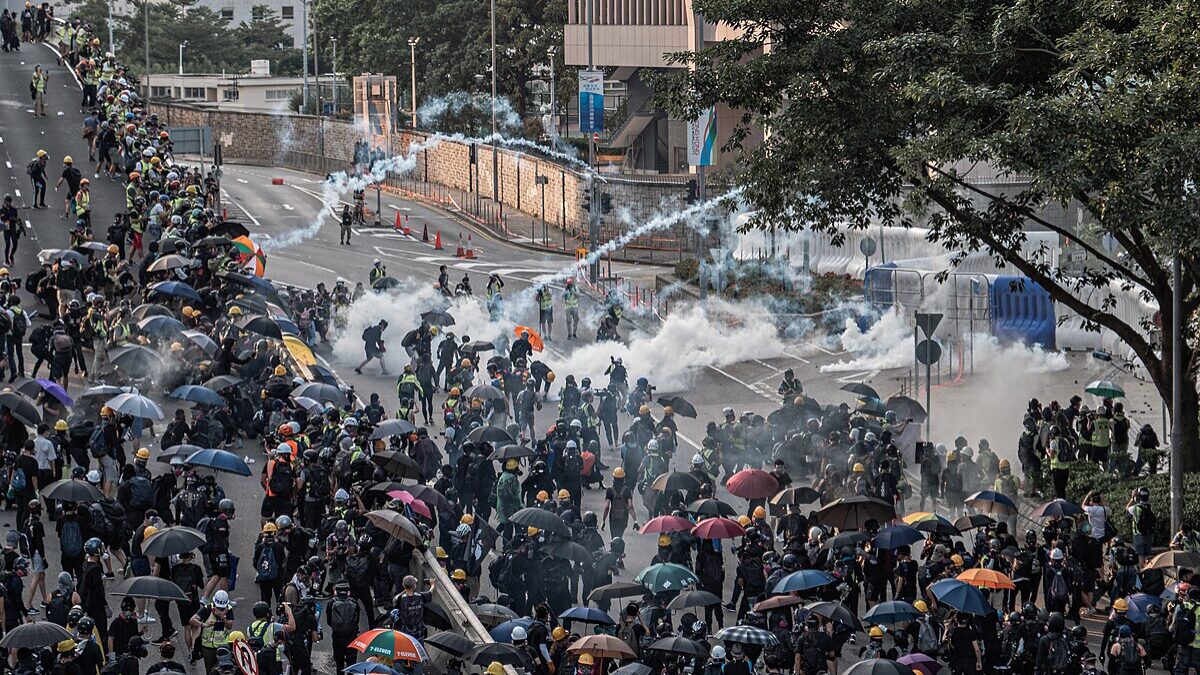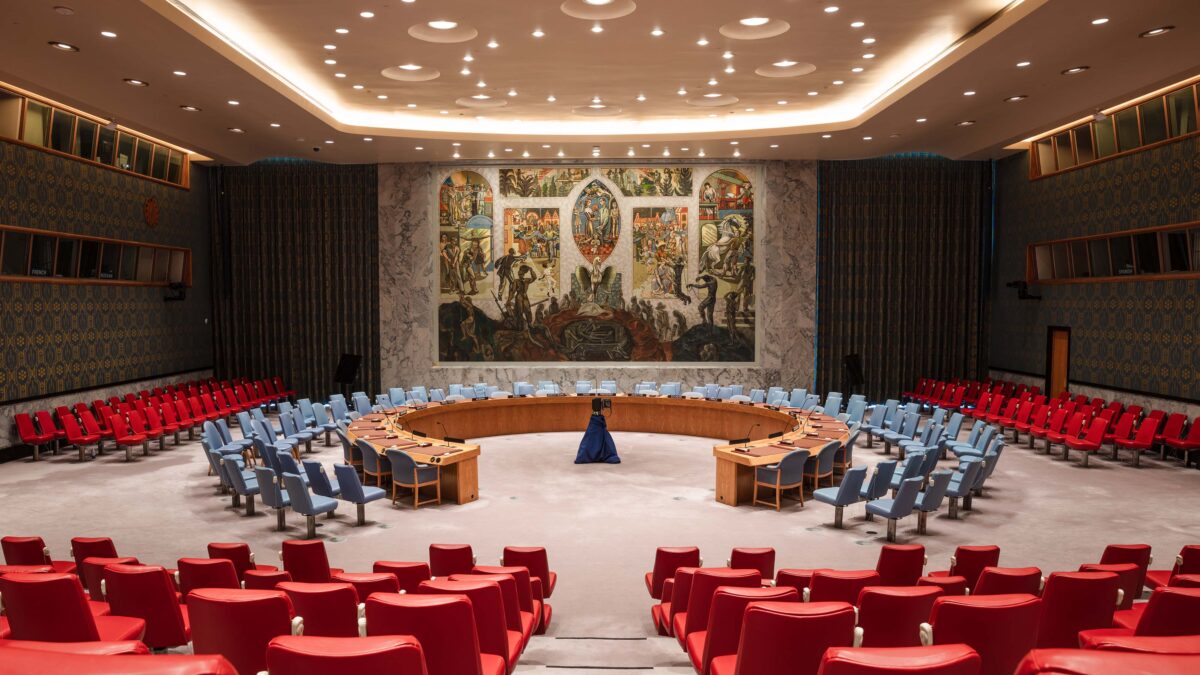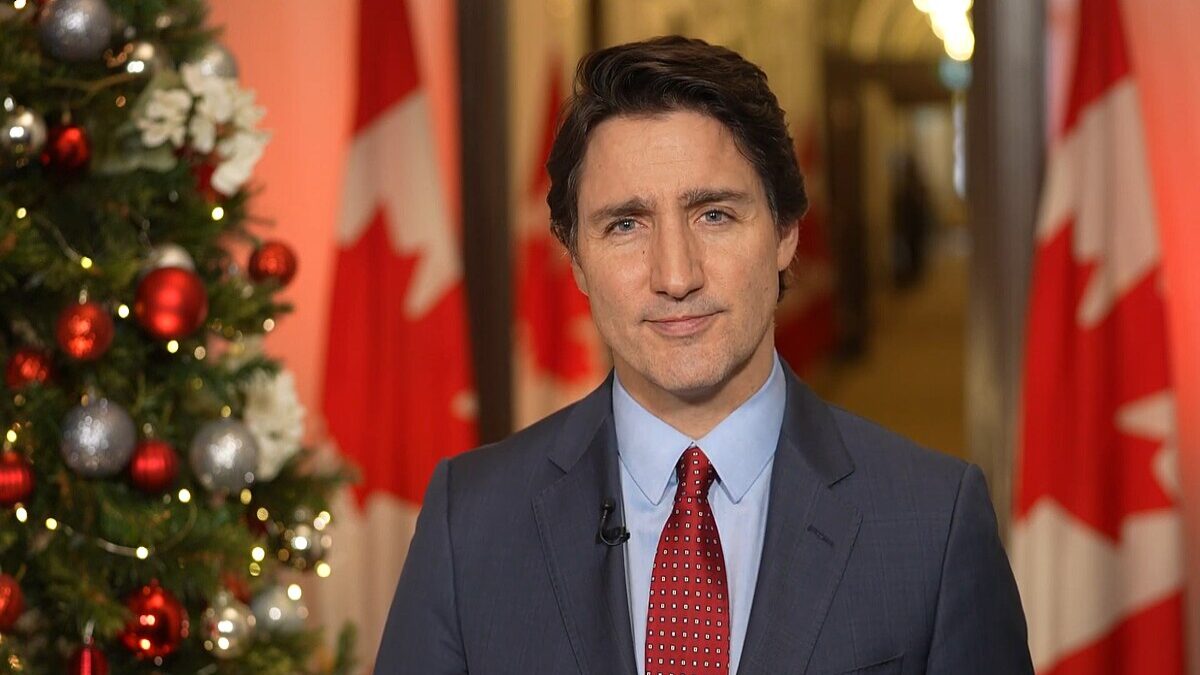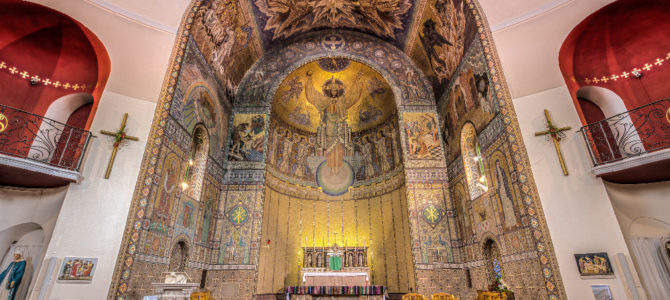
This week will mark the 20th Good Friday since the Belfast Agreement of 1998, also known as the Good Friday Agreement, was reached by the governments of the United Kingdom and the Republic of Ireland in conjunction with the major political parties of Northern Ireland. Approved by referendum in May of the same year, the GFA was the culmination of a lengthy peace process that ended The Troubles, a decades-long period of terrorist violence in Northern Ireland waged by sectarian paramilitary groups.
Americans have often made the mistake of characterizing the Troubles as a religious conflict, with groups such as the Irish Republican Army (IRA) likened to al-Qaeda. This misconception evinces a profound ignorance of the Northern Ireland conflict and the circumstances surrounding it that prevents us from learning its true lessons. Although religion has served as an identity marker for the warring factions in Northern Ireland, the divide it represents is social and political rather than theological, encompassing nearly all aspects of Northern Irish society in a way that continues to pose significant challenges for peace in the region.
Besides miscategorizing the Troubles as a religious conflict, the biggest mistake outside observers make with regard to conflict in Northern Ireland is believing that it began in the 1970s. Although the most recent shooting war began at that time, conflict of sorts between Irish Catholic and Protestant communities goes back as far as the conquests and plantations of the sixteenth and seventeenth centuries, when English policies brought Protestantism, along with English laws and customs, to Ireland at the point of a sword.
They undid Ireland’s pre-existing social, political, and economic structure, overthrowing chieftains in favor of lords loyal to the crown and dispossessing a huge percentage of the native population. They broke the dominance of the Catholic Church in religious life and forced it underground by fining and imprisoning worshippers. Later penal laws barred Catholics from voting, holding public office and owning firearms while banning intermarriages between Protestants and Catholics and breaking up Catholic estates unless their inheritors converted to the (Anglican) Church of Ireland.
In response, Irish Catholics turned inward and developed a closed, solidaristic community based on adherence to tradition and identity. Protestants in turn further insulated themselves against the threat of this recalcitrant underclass. The Catholic emancipation movement led by Daniel O’Connell in the nineteenth century succeeded in relaxing harsh anti-Catholic policies and integrating Catholics into the Irish economy, but it also gave them the resources and the legal standing to form large and effective nationalist political movements.
Protestants responded with near uniformity by adopting Unionism and emphasizing the importance of British identity. Religion thus became significant not only for its own sake but also as a byword for political and social allegiances, with Catholic vs. Protestant standing in for repressed vs. ascendant, Gaelic vs. British, and nationalist vs. Unionist.
These divisions were particularly intense in Ulster (modern-day Northern Ireland) because it had the greatest degree of British settlement and a large, established Protestant and loyalist population. So when Ireland was granted independence in 1921 after a two-year guerrilla war between British security forces and the first incarnation of the IRA, Ulster was exempted and remained part of the U.K. The new regional government at Stormont Castle featured gerrymandered political districts designed to ensure Protestant control of the legislature and blatantly discriminatory civil services. Its police force, the Royal Ulster Constabulary, harassed Catholics and repressed dissent.
The divisions between Catholics and Protestants in Northern Ireland went far deeper than government, reaching into nearly every element of daily life. Cities like Belfast and Derry physically separated the two denominations from each other; some of Belfast’s infamous “peace lines” still stand as monuments to the Troubles. Schools were (and are) heavily segregated, with Catholics choosing private schools while public schools were almost exclusively Protestant. Sports became dividing lines, with hurling and Gaelic football isolated to Catholic communities, while Protestants dominated rugby and soccer. Pubs were exclusively patronized by one denomination or another. Traditional Irish music thrived among Catholics and was rejected by Protestants.
Both Catholics and Protestants were jealously protective of their traditions, and participation in activities associated with the Other was actively discouraged. In business, professional and managerial roles were mostly dominated by Protestants, with Catholics usually relegated to lower-paid positions. Catholics who were able to advance in business practiced similar favoritism. Both communities patronized businesses run by co-religionists whenever possible. Free enterprise, one of history’s most tried-and-true tools in fostering peace and undermining barriers between cultures, was instead subsumed into them.
The post-1921 arrangement in Northern Ireland was bound to face resistance, and it did from an organized civil rights movement beginning in the 1960s. The Northern Irish Civil Rights Association (NICRA) was the primary organization leading this movement, and its goals were mostly non-sectarian: protesting housing and employment discrimination, gerrymandered districts and abuses of power. However, it quickly and irreversibly became attached to Catholic identity and Republican politics, making it radioactive for Protestants to support. Indeed, by this point the two communities were so firmly entrenched in rivalry with each other that as the civil rights movement grew more active, loyalist impulses grew stronger among Protestants who sought to counter it.
The minister-turned-activist Ian Paisley led a potent counter-movement, while the ranks of paramilitaries like the Ulster Volunteer Force (UVF) swelled. On top of this, the RUC and British Army frequently practiced violent repression of marches and demonstrations, even working at times with Protestant paramilitaries. Violent clashes culminated in the Bloody Sunday massacre of 1972, in which British soldiers massacred 13 participants in a peaceful demonstration. It was this demonstrated lack of respect for free speech that pushed many Irish Catholics into the arms of the Provisional IRA, which embraced violence and became the dominant force in the nationalist movement. They and their Protestant counterparts began a cycle of tit-for-tat terrorism that did not end until 1998.
The failure of Northern Ireland’s civil rights movement and the descent into violence that followed illustrate the damage done by the construction of two separate and opposing identities in Northern Ireland, particularly as carried out through the use of force. Centuries of division along every line, great and small, made it nearly impossible for Catholics and Protestants in Northern Ireland to make common purpose and understand each other’s interests.
There was no opening for an Irish Martin Luther King, a leader who could bridge divides and work for both justice and unity. It was possible to be black or white, a liberal or a conservative, and support the American civil rights movement; the same could not be said of Catholics and Protestants, or nationalists and unionists.
Even if such a possibility existed, the lack of political freedom in Northern Ireland snuffed it out in its infancy. Without explicit legal protection for freedom of speech and assembly, the Stormont government and the British Army were empowered to violently and aggressively suppress dissent. This repression exacerbated Northern Ireland’s centuries-old divisions, pushing people on both sides even further away from reconciliation and toward violence.
Even now, 20 years after the bullets stopped flying, those same divisions still exist. In the years since the agreement, Sinn Féin (the Republican political party linked to the Provisional IRA) and the Democratic Unionist Party (the radical loyalist party founded by Paisley) have grown in influence while their moderate counterparts have shrunk. Clashes over power between the two parties have left Northern Ireland’s devolved government without a functioning executive since January 2017, raising the possibility of direct rule from London.
This is not just mere posturing from power players but reflects deep popular divisions that have flared up even in response to purely symbolic developments: in 2013, a decision by the Belfast city council to fly the Union Jack 18 days a year as opposed to every day was met with widespread protests, which included rioting and terroristic threats, from Ulster loyalists. Meanwhile, the specter of the IRA’s return is continually resurfacing.
What the Northern Irish still lack, which keeps them from taking the next step, is space to talk about politics without dredging up symbols of heritage and creed. Poll data shows that the Northern Irish have still not settled on a common identity, with Catholics and Protestants choosing, in overwhelming numbers, to eschew that demonym in favor of “Irish” and “British,” respectively. There are precious few issues in Northern Irish politics in which one’s opinion cannot be linked in some way to one’s ethno-religious affiliation, and those linkages still remain the most powerful rallying cry for Catholics and Protestants.
Important policy questions such as the looming issues surrounding Brexit and its possible implications for the free flow of people and goods across border between Northern Ireland and the Republic of Ireland thus remain ripe for exploitation by radical actors on either side. If Northern Ireland cannot find a way to separate political questions from culture and identity, any contentious political issue will be a threat to peace.
The Troubles were a violent outgrowth of divisions that had been nurtured in Northern Ireland for centuries. Catholic and Protestant in Northern Ireland did not merely represent denominational differences, but profound cultural and political alignments that set ordinary people wholly against each other. These barriers were comprehensively nurtured through both formal restrictions on speech and association and informal reinforcement through networks at all levels of society.
The depth of these divisions made tension and conflict inevitable, and peace tenuous, by inhibiting cross-denominational social and economic interaction. These are the lessons of Northern Ireland. Americans who would seek to mend our own wounds by restricting speech, aggressively policing cultural appropriation and fostering identity politics would do well to heed them.


